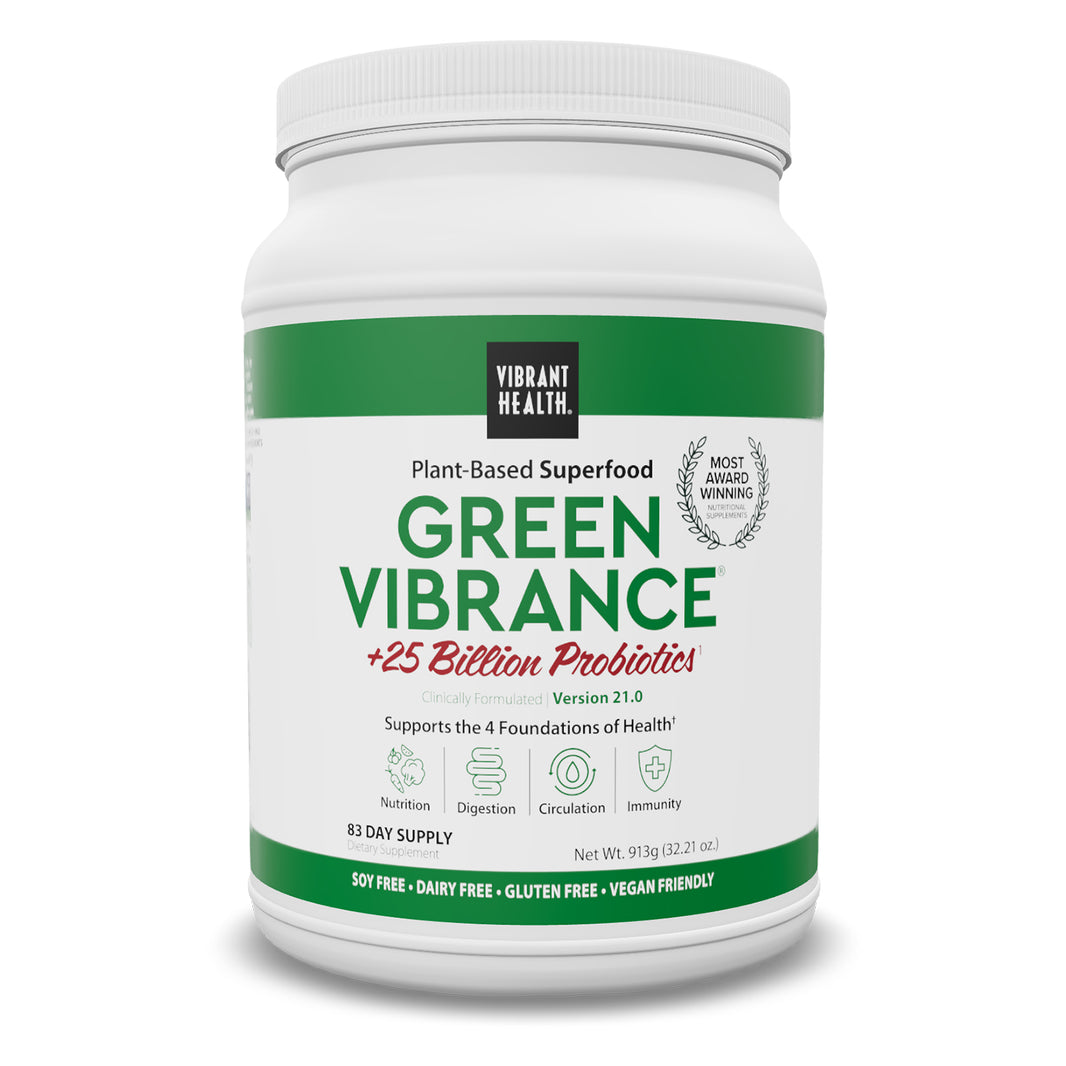Many people of an older demographic are understandably reluctant to start running, believing it could create or exacerbate joint problems and other health issues.
While running isn’t appropriate for all seniors – let’s face it, no single workout is – many adults over 50 can benefit from this low-cost activity. If you’re looking to get started running as an older adult, here are nine tips to keep in mind.
1. Check with your doctor
If you’re new to running or haven’t done it in a while, you might want to clear it with your GP before commencing a new jogging routine.
While many older adults are healthy enough to jog without any problem, it’s a good idea to check just in case you have any physical problems that running might make flare up.
Your doctor will almost certainly give you the green light – they might even be the one who encouraged you to start running in the first place – in any case, it’s good to be sure.
2. Start slowly and taper up
Trying to do too much physical activity too quickly can result in injury and other problems. If you’re new to running, try alternating short intervals of walking and jogging, and make sure that you stick to a pace where you can breathe easily (but you’d still be winded if you tried to carry on a conversation).
If you’re trying to increase your distance or decrease your speed, aim for no more than a 10 percent change at a time. Making the jump from three miles to four miles might not seem like a lot on paper, but trust that you’ll start feeling it sooner than you think.
It’s better to slowly increase your exertion than to risk hurting yourself.
3. Adjust your goals
If you’ve been a dedicated runner since your youth, it can be tough to mentally adjust to your body’s new limitations. You probably can’t run as fast or for as long as you used to, and it’s bound to take you longer to recover from illness and injury.
While this can be frustrating to process, you’re not alone; and all senior athletes have to make this transition.
It’s tempting to keep pushing yourself at the same pace you’ve been going, but that’s often a recipe for hurting yourself. Be prepared to moderate your goals, or find new ones altogether, as you enter this new phase of your running life.
4. Warm up and cool down properly
It’s all too easy to hit the pavement and just start running full tilt. While skipping your warmup and cool-down certainly saves time, it prolongs your recovery time and also makes you more vulnerable to injury.
With this in mind, be sure to walk and do some light calisthenics or dynamic stretching before you start your run. At the end, walk it off again and do some static stretching to lengthen your muscles back out after contracting them during your exercise.
5. Buy comfortable shoes
The great thing about running is that you need so little equipment – and the bad thing is that the equipment can make or break your run.
All you need for jogging are some workout clothes and a pair of comfortable running shoes, but those shoes are so, so important. If you’re a dedicated runner, you’ll be racking up plenty of miles, so make sure to invest in a quality pair of trainers and replace them every six months or so.
Top tip: go up by a half or even full size to accommodate the swelling that inevitably occurs when you run.
6. Consider wearing an athletic brace
If one of your joints really bothers you – say, you have a bad knee – wearing a protective brace for extra support while you run is a good idea. The tight fabric of the brace can also help control swelling in addition to providing support. If you struggle more with fluid retention and slow circulation, many runners swear by compression calf sleeves to energise their lower legs and help them recover more quickly.
7. Rest and recover when necessary
No matter what age you are, your body needs time off to recover from physical exertion, and this becomes even more important as you age.
You should have at least one day a week (if not two) where you don’t do any kind of physical activity except for a little light stretching.
If you injure yourself or get sick, you should rest from all exercise rather than continuing to beat up your body with running. While you may feel well enough to jog, the physical activity will further deplete your immune system and exacerbate any inflammation.
8. Add strength training to your routine
Running and other cardiovascular activities aren’t the only ways to build your body. Strength training is also a great addition to your workout routine and will make your body more resilient as well as vary your routine.
Strength training can take many forms, including weight lifting, resistance band training and bodyweight exercises. If you don’t know the proper form, a personal trainer can help teach you how to move correctly and safely lift weights.
9. Work on your balance and flexibility
Besides strength, flexibility and balance are also two important qualities for runners to have. They decrease your chances of getting injured and help you recover more quickly when you do.
Balance and flexibility training can take many forms, with yoga and Pilates being some of the most popular classes. If you’re new to improving your balance and flexibility, good old stretching is a great place to start.
Conclusion
Unlike other workouts that require a lot of equipment to get started, running requires only a small investment in a comfortable pair of shoes.
You can start running at almost any age, but if you’re a senior, you should follow these nine strategies to reduce your risk of injury and make your introduction to the sport as positive as possible.
When you get into a routine, you might be shocked at just how addictive running can become!
Written by Kaki Zell, Vice President and co-owner of www.Ameswalker.com. After graduating from Virginia Tech, Kaki went on to work for Pepsi for several years before joining the family business. When she is not working, she enjoys running, hiking, travelling, Virginia Tech football and spending time with family and friends.
Water for Health Ltd began trading in 2007 with the goal of positively affecting the lives of many. We still retain that mission because we believe that proper hydration and nutrition can make a massive difference to people’s health and quality of life. Click here to find out more.




























Leave a comment